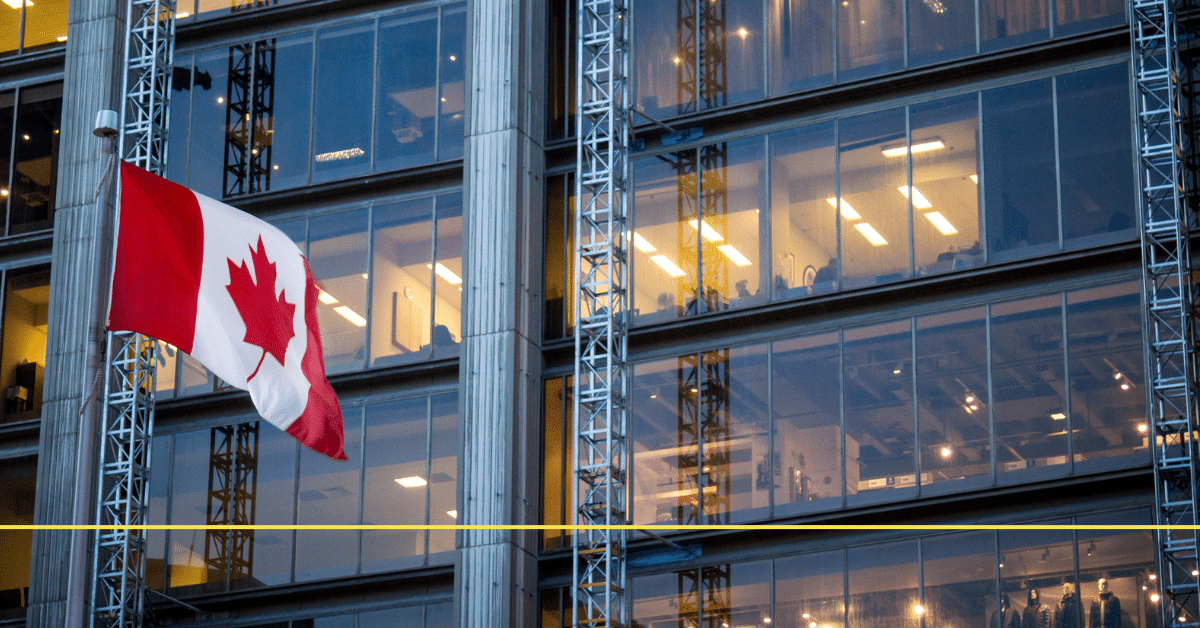It’s been estimated that by 2020, 73%[1] of organizations will have transitioned at least 80% of their apps to SaaS solutions. In 2018, Gartner predicted a 23% spike in SaaS sales that would total a whopping $72 billion. Where in years past, experts debated about the eventual success of cloud-based solutions, we can easily say that today, the verdict is in: Software has moved to a subscription based model, and won’t be looking back any time soon. Enter SaaS entrepreneurs.
Software as a Service (SaaS) is a software licensing, management and delivery model in which software and applications are accessed through the internet from a centrally-hosted platform. Customers receive a number of benefits from moving their software to the cloud, including:
– Decreased operational costs
– Enhanced team collaboration
– Predictable monthly/annual costing
– Increased flexibility and customizability
– Reduced burden of upgrading/maintenance
– Consistency across teams via a singular platform
It’s a fantastic deal for customers. But in shifting the bulk of responsibility to the SaaS provider, SaaS entrepreneurs and owners of startups must manage a lifetime of upgrades to the product and underlying systems and processes. While there is enormous potential to build a profitable business in the SaaS sphere, planning ahead for the tax and accounting implications is critical to the sustainability and growth of your business. Today, we will discuss a few unique issues faced by companies operating in this rapidly growing segment.
Understanding the difference between revenue and billings
Unlike traditional software, which is sold as a perpetual license with an up-front price, SaaS providers generally price applications using a subscription fee, billed on monthly or annual basis. In a traditional Software as a Product (SaaP) model, most of the cost pertaining to the development of the software is incurred prior to the sale of the product. Once a license is sold, the revenue cycle is complete, and sale proceeds are recognized as revenue.
Under a SaaS model, if a customer pays its annual subscription on day one, the SaaS provider still has a remaining obligation to continue to provide service to the customer for the whole year. As such, revenue is recognized over the remaining term of the subscription period. This usually results in a significant portion of the subscription receipts being considered as liabilities against which the SaaS provider has a commitment to provide service. These future commitments will result in additional outlays without any associated cash flow.
This cost structure makes it imperative for SaaS providers to properly budget, and plan to use financial resources carefully throughout a contract period with a customer. Failure to align revenue with the cost structure could be fatal to a startup, as it is potentially easy to burn through all your cash, without the knowledge of how much is needed over the long-term in order to properly provide service to your customers.
Canadian and US sales tax implications
Generally speaking, sales taxes in Canada are based upon “the place of supply rule”. The place of supply rule determines whether a supplier has made a supply of goods or services in a participating province – that is, a province that uses HST. For all other provinces, GST is charged. If the supply of goods or services is made outside Canada, GST and HST are not typically charged. Place of supply rules quickly become complicated when transactions are spread out across geographic territories; for example, a customer located in British Columbia accessing a SaaS solution from an Ontario based provider who is using Amazon Web Services to host its software.
Previously in the United States, SaaS companies were only subject to state level sales tax in states where they had a physical presence. As such, Canadian SaaS companies had little exposure to state level sales tax regimen. But in 2018 the regulations changed. In South Dakota vs. Wayfair, Inc., the US Supreme Court ruled that the strict physical presence requirement was flawed, and determined that sales alone are sufficient to create economic nexus. Since this decision, nearly 30 states have already adopted the new economic nexus rules.
About half a dozen US states have already indicated their willingness to apply the economic nexus rules to SaaS companies with respect to determining their sales tax obligations, and other states are expected to follow suit. SaaS companies with customers across Canada and the US need to carefully examine their sales tax exposure and proactively address this issue to avoid paralyzing surprise tax bills and penalties.
The Zeifmans advantage
At Zeifmans, our team of tech business specialists has an in-depth understanding of the unique challenges faced by SaaS entrepreneurs and providers. We leverage decades of experience working with both start-ups and seasoned organizations to support our clients as they strive to achieve the next level of success. To speak with a member of our Technology & Startups team, reach out to our office today by calling 416.256.4000.
[1] Finances Online, “2018 SaaS Industry Market Report: Key Global Trends and Growth Forecasts”, https://financesonline.com/2018-saas-industry-market-report-key-global-trends-growth-forecasts/



